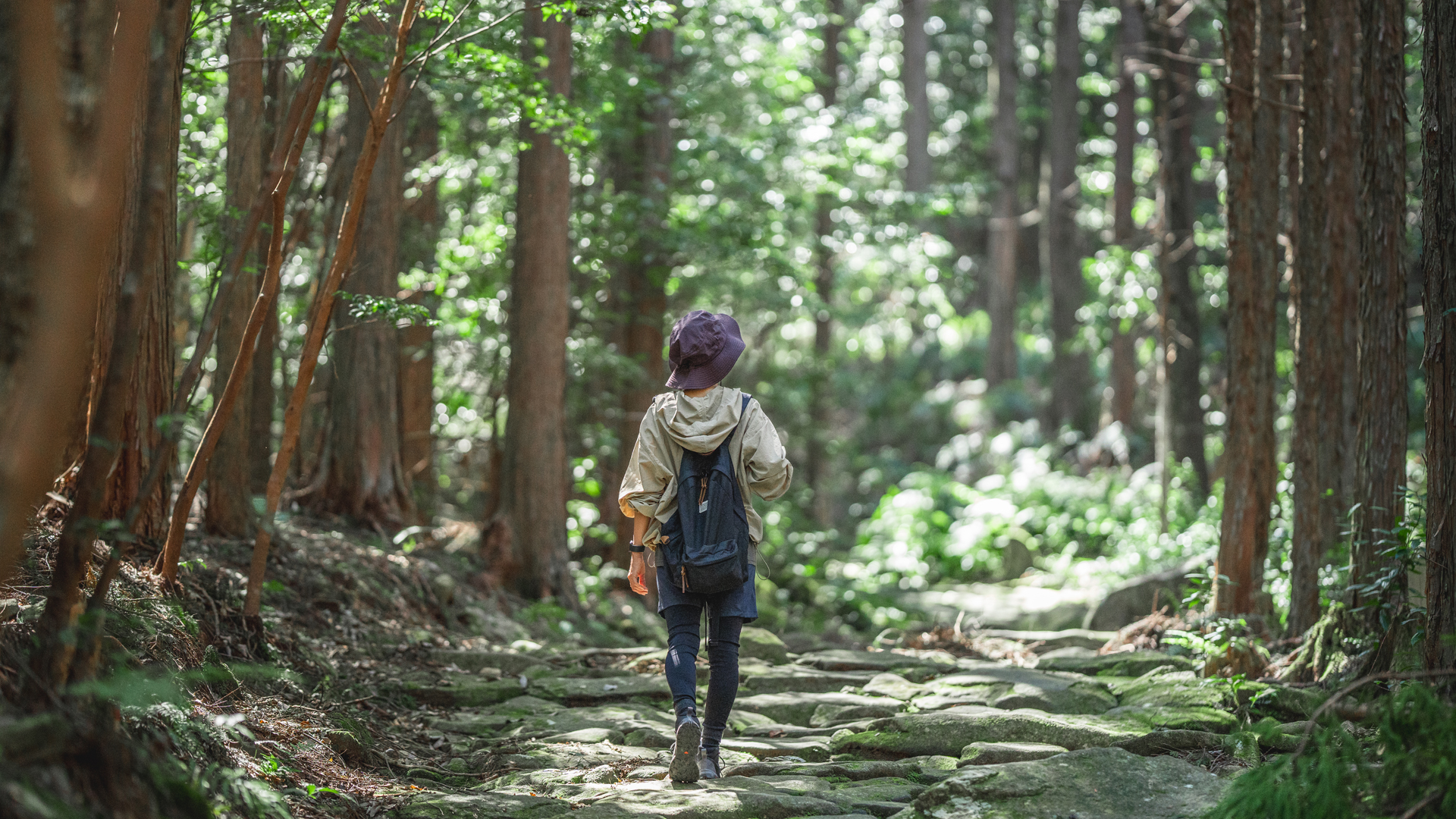Brought by nature and religious culture
spirituality
HigashiKishu region is home to the Kumano Kodo, a route that has been a pilgrimage for many people since ancient times. It is currently protected as a rare World Heritage Site of ``roads,'' and continues to capture the hearts of visitors. The many World Heritage Sites and kachiji in HigashiKishu region are full of mystery. We will visit beautiful places where majestic nature and culture that has been preserved since ancient times intertwine, and get closer to the charm of each.
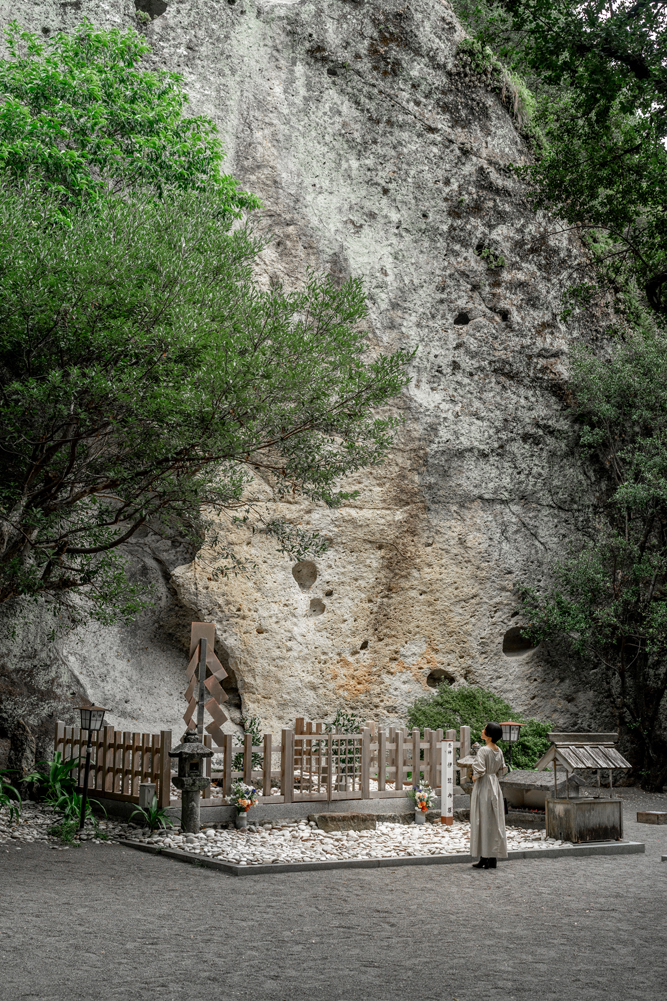
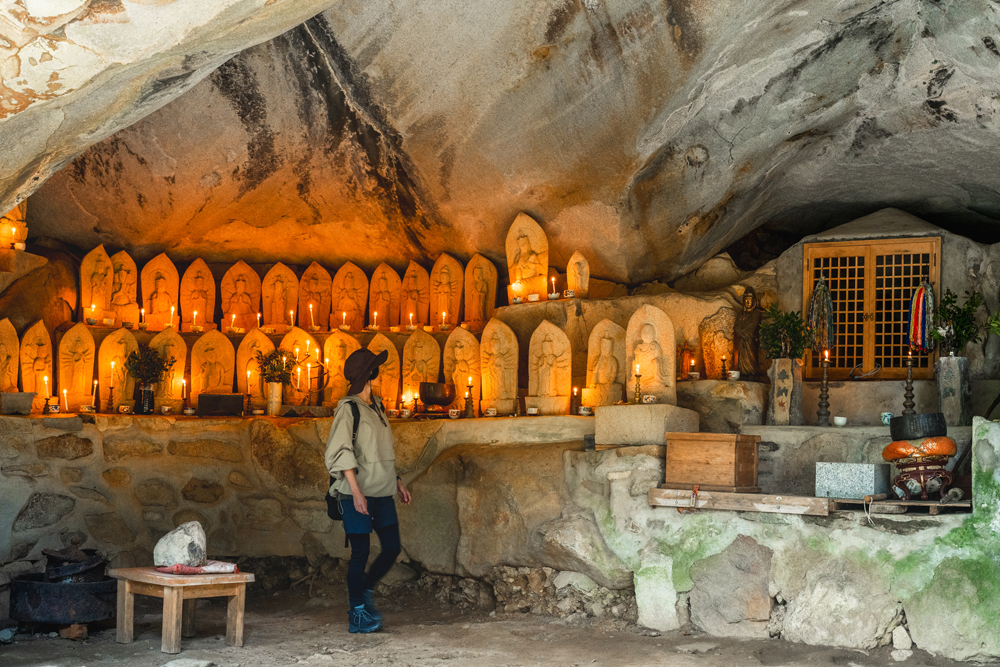
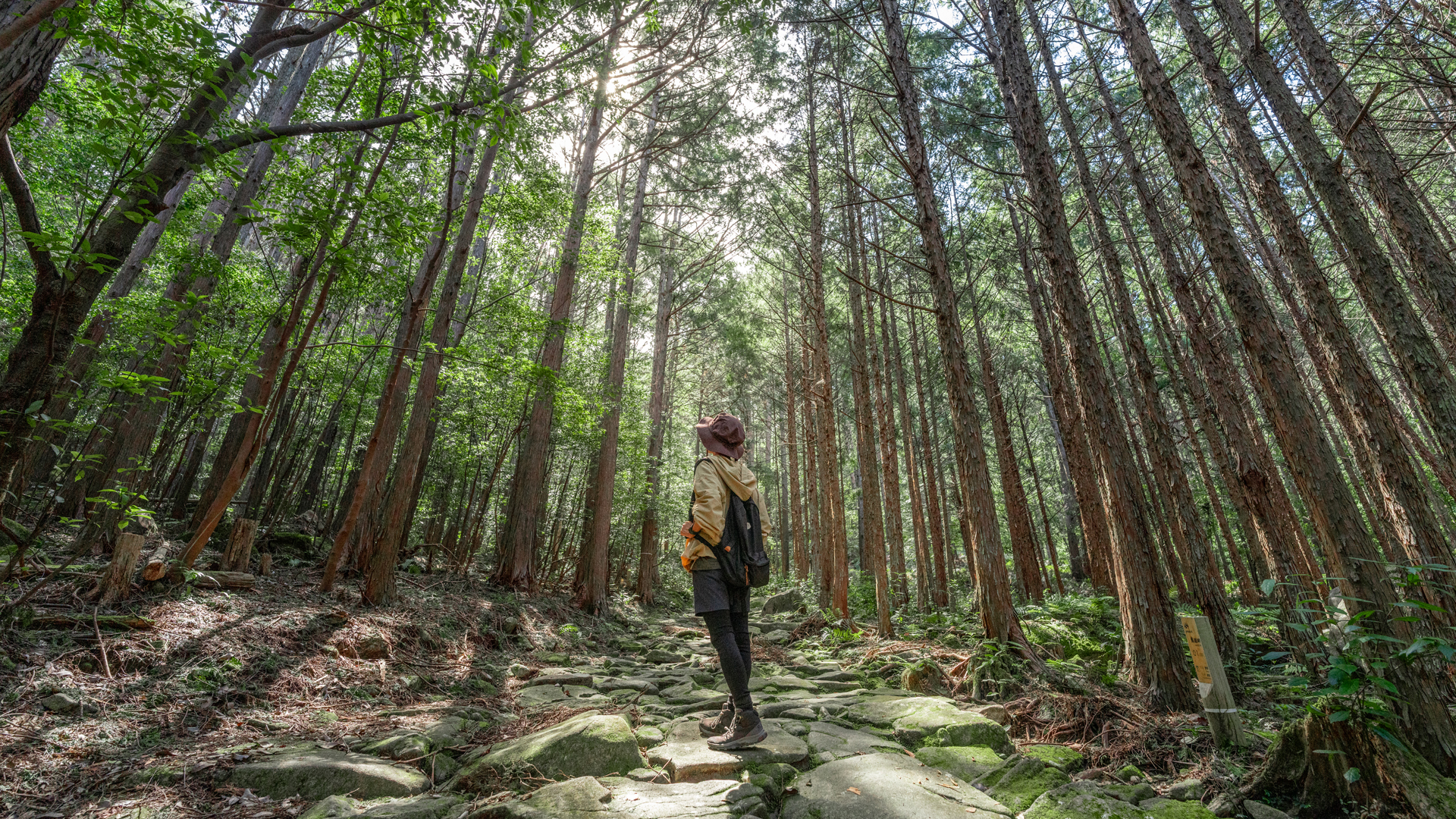
1.Admiring, wishing, and traveling.
World Heritage Kumano Kodo
Kumano Kodo is a general term for the pilgrimage routes leading to the three Kumano shrines (Kumano Hongu Taisha, Kumano Hayatama Taisha, and Kumano Nachi Taisha). The Kumano Kodo is divided into several routes: Kiiji, Nakahechi, and Ohechi, which go through the west coast of the Kii Peninsula, Iseji, which connects IseJingu and the Kumano Sanzan, and Kohechi, which runs from Mt. Koya through the mountains. .
In 2004, the ``Sacred Sites and Pilgrimage Routes of the Kii Mountains,'' including the Kumano Kodo, were registered as a World Heritage Site, and 2024 will mark the 20th anniversary of the registration as a World Heritage Site.
By the way, it is very rare for a ``road'' to be registered as a World Heritage Site, and apart from the Kumano Kodo, there are only two such examples in the world, the ``Santiago de Compostela Pilgrimage Route'' in Spain. Many people still visit each of these precious ``Road World Heritage Sites.''
What did the people aiming for the Kumano Sanzan pray for as they followed the pilgrimage route?
Kumano is a place where a variety of religions exist, including nature worship, which is the origin of Shintoism, worship of ancestor gods, Shugendo, and Buddhist faiths such as Pure Land worship and Kannon worship.
People headed to holy places with various intentions, such as to heal their sufferings and illnesses, and to seek salvation in this world and the next.
The ``Kumano Pilgrimage,'' or ``Kumano Pilgrimage'' to visit the Kumano Sanzan, is said to have begun during the Heian period with ``Kumano Miyuki'' by aristocrats. It is said that the Cloistered Emperor Goshirakawa visited Kumano 34 times, the Retired Emperor Gotoba 28 times, and the Retired Emperor Toba 21 times, which shows the deep faith that the retired emperors had in Kumano. Afterwards, Kumano pilgrimage spread through the Muromachi and Edo periods, from the samurai class to the common people, and in the Edo period, Kumano pilgrimage became so popular that it was called ``Ants' Kumano pilgrimage.''
Iseji, a pilgrimage route connecting IseJingu and Kumano
In the song collection ``Ryojin Hisho'', which is said to have been compiled by Emperor Goshirakawa, it says, ``To visit Kumano, how close or how far are Kiji and Iseji?If it is a road of vast compassion, Kiji is also Iseji. It's not far away.'' This indicates that the Kiiji and Iseji routes were already known as pilgrimage routes to Kumano at the end of the Heian period, when ``Ryojin Hisho'' was compiled.
During the Heian period, aristocrats mainly used the Kii Route and Nakahechi Route when making pilgrimages to Kumano. It is said that he traveled approximately 600km round trip from the capital with a large number of attendants, taking from 20 days to a month. The Ise Route, on the other hand, has been the path of the common people since the early modern period, followed by travelers who have completed the Ise Shrine and pilgrims to the thirty-three temples of Saigoku. In the Edo period, people had such strong feelings for each sacred place that it was said to be ``Ise seven times, Kumano three times'', and it can be said that the Ise Route was a special route that connected the two places.
Iseji is home to ` Hana-no-Iwaya,'' the burial place of Izanami no Mikoto, who appears in the myth of the creation of the country, `` Tategasaki,'' which was the setting for the Jinmu Tosei, and the village where legend has it that Jofuku came from China in search of the elixir of immortality. One of its charms is that there are many myths and legends that remain, such as "Hatasu". As you walk around Iseji, thinking about each story, the scenery you see will change again.
In addition, there is a saying in the Kumano faith that says, ``Never choose between faith or disbelief, and do not dislike purity or impurity,'' and all people who made pilgrimages to the Kumano Kodo were accepted equally. It is probably this deep feeling of compassion and the numerous myths and legends that show that Kumano is a land of miraculous experiences that led people to visit Kumano.
In the Edo period, as the number of pilgrims increased, many pilgrimage guides and illustrations, such as ``Zuei of 33 Famous Places in Saigoku'' and ``Illustrated Guide to Famous Places in Kii Province,'' began to be published. Although it was not an easy journey as there were some steep mountain passes, people enjoyed visiting the various famous places along the way.
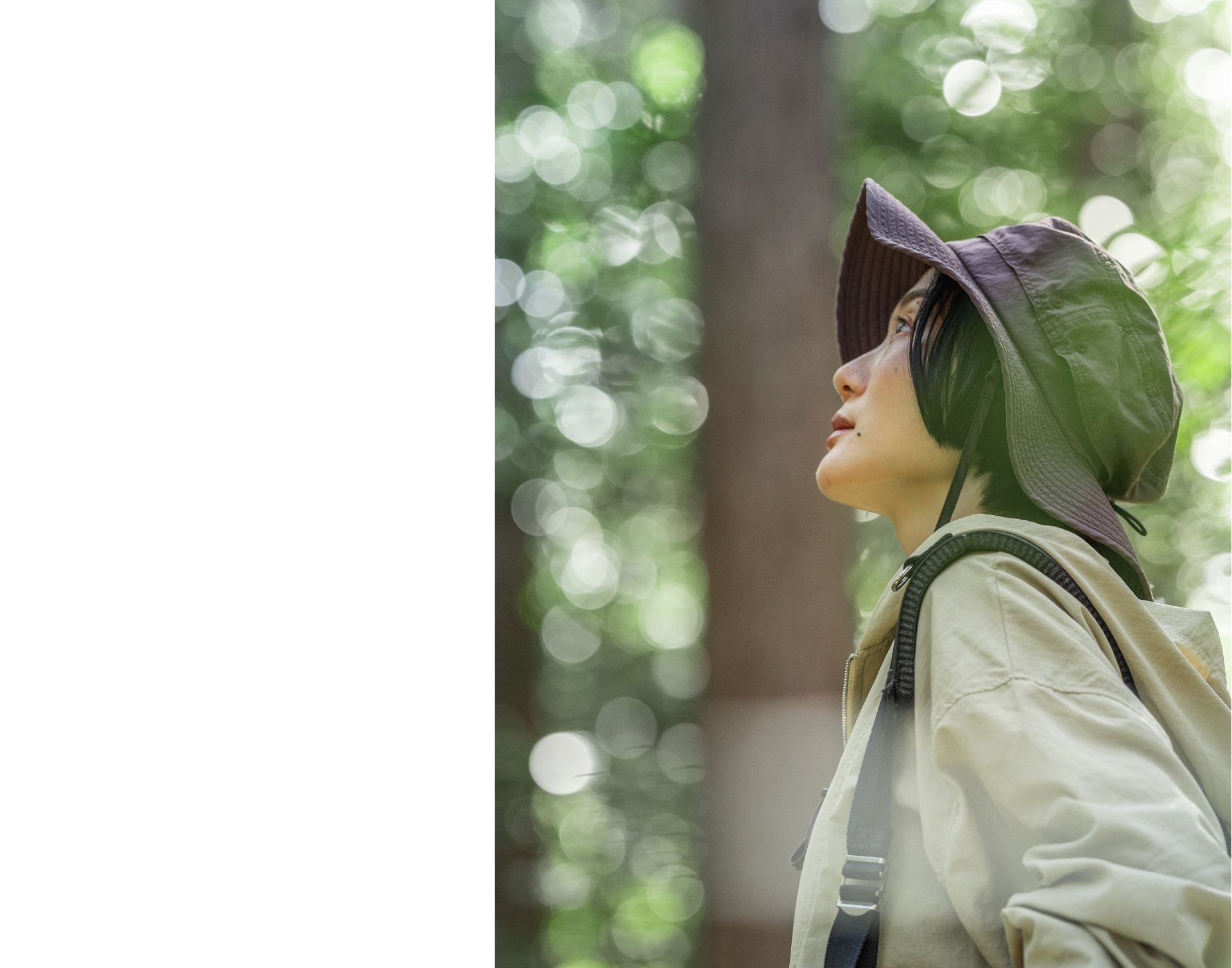
2.Beautiful ancient road Magose-togePass
Magose-togePass is a mountain pass on the Kumano Kodo Iseji Route that marks the border between KihokuTown and OwaseCity.
The moss-covered stone pavement, the straight Owase cypress forest, and the light shining through the trees illuminate your feet, creating a mystical atmosphere.
During the mid-Edo period, when pilgrimages to Kumano were popular, it is said that more than 20,000 pilgrims passed through this stone pavement each year.
Approximately 2km of stone pavement built during the Edo period remains, and if you look closely, you can clearly see that natural stones were used in their original form.
The area around OwaseCity is famous for its heavy rainfall. Cobblestones have played an important role in keeping the road surface from becoming muddy and preventing it from washing away and collapsing.
It is said that these stones were not brought in from outside the pass, but were all locally procured and skillfully assembled.
During the Edo period, the Tokugawa clan and Kishu domain, which had a castle in Wakayama, were putting effort into building roads leading to Wakayama, and Magose-togePass was apparently built as part of that effort.
Therefore, the width of the road is one and a half ken (approximately 2.7 meters) to accommodate the palanquins that the lords of the Kishu domain ride on. There are records that it was a major route until the beginning of the Showa era, and the Kumano Kodo was not only a pilgrimage route, but also a way of life.
Also, along the mountain pass, there is a stone shrine called ``Yonaki Jizo.'' It is said that a stone Jizo was originally placed there to pray for the safety of travelers.
It is said that after it was erected, local people who wished to stop their children from crying at night came to visit it and it came to be known as ``Yonaki Jizo.''
Magose-togePass was probably visited by many pilgrims in pilgrimage costumes, samurai, local people praying to stop crying at night, and people who crossed the pass to make a living.
Walking along the Kumano Kodo while imagining what it was like in the past may be one of the ways to enjoy walking the Kumano Kodo now.
Also, even though it is called the Kumano Kodo, it has different expressions depending on the mountain pass.
You might also want to visit Magose-togePass, which is located beyond Magose Pass towards Kumano and connects Odomari and Kimoto in KumanoCity.
Unlike Magose-togePass, which is surrounded by a beautiful forest of Owase cypress trees, beautiful bamboo groves and plum groves appear along the way to Matsumoto Pass. At Matsumoto Pass, you can also enjoy views that would have soothed the souls of past travelers on their pilgrimage, such as the view of Shichirimihama from the gazebo.
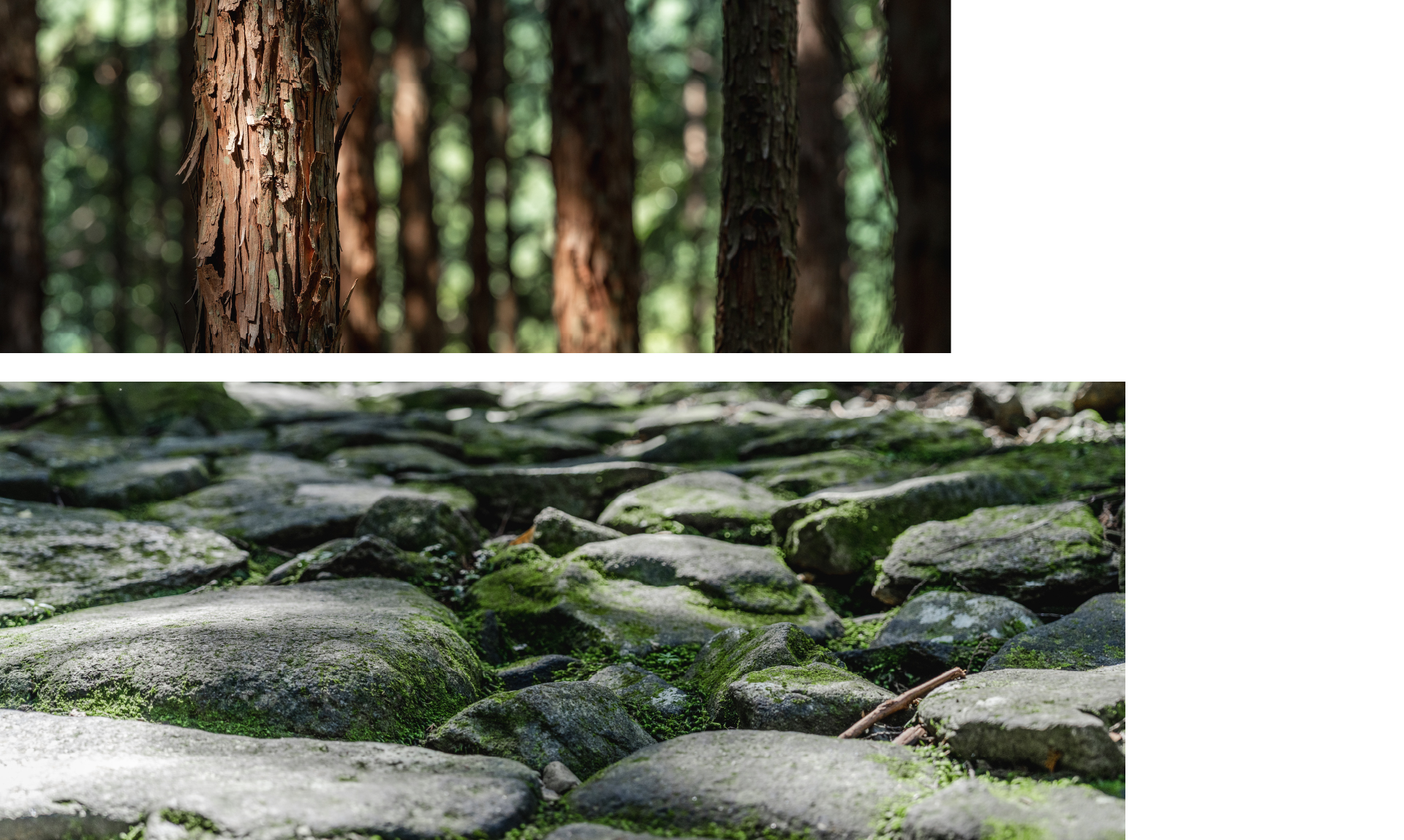
Iwayado, tracing the path of the Saigoku 33 Pilgrimage Sites
Iwayado is one of the sacred sites in Magose-togePass. It is also featured in the ``Illustrated Guide to the Thirty-Three Famous Places of the Saigoku,'' and it is said that pilgrims from the Saigoku Thirty-three Famous Places once visited Iwayado when crossing Magose-togePass.
As you walk along the mountain path, you will suddenly see huge stones, and the sight of Kannon stone Buddhas enshrined in rows and rows as if protected by these huge stones is a sight to behold.
The stone Buddhas enshrined in Iwayado are all old and valuable, including a seated statue of the Bodhisattva Sho Kannon from the Muromachi period and 33 stone Buddhas dating from 1677.
On the 18th of every month, sutra readings are held as ``Tsuki-mairi,'' and it is clear that the shrine has been carefully protected as an object of faith to this day.
When I entered the large rocky house, I was able to feel the depth of nature's embrace. The calm-looking stone Buddha statues, which have been protected for a long time inside the rock, also give a sense of peace to those who see them.
Along the harsh and arduous journey, I want to pray for something, just like the pilgrims to the 33 temples of Saigoku offered their prayers. Iwayado seems to have such power.
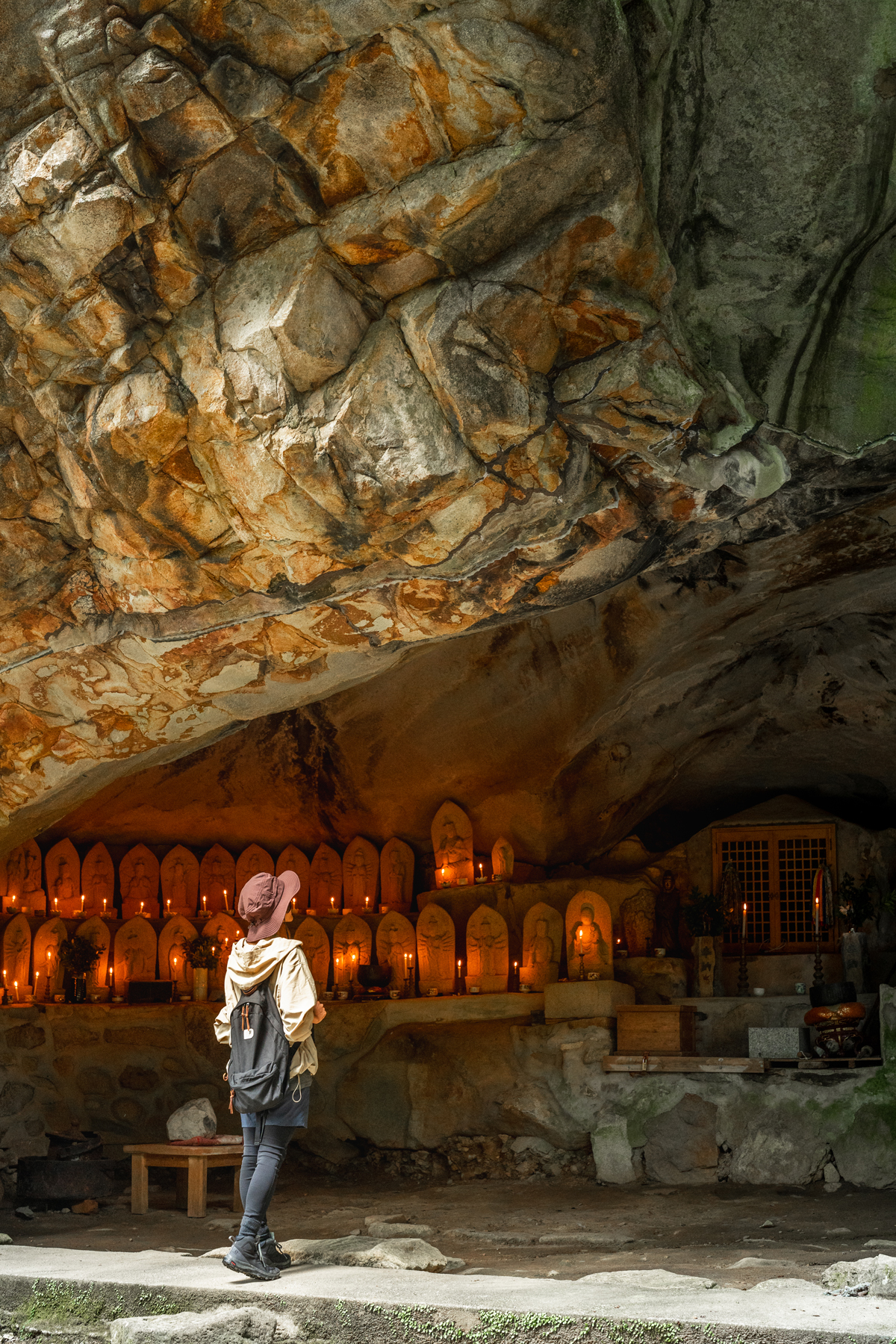
3.Travel along the coast to the sacred place.
Shichiri Mihama Beach
Shichirimihama is the longest gravel beach in Japan.
This beautiful coastline, which stretches for approximately 22km from KumanoCity to KihoTown, has been selected as ``Japan's Top 100 Beaches,'' ``Japan's Top 100 Nature Spots to Preserve in the 21st Century,'' ``Japan's Top 100 White Sand and Green Pines,'' and ``Japan's Top 100 Famous Pines.'' etc. are selected.
It was known as the ``Hama-kaido'' by people making pilgrimages to Kumano, and the ``Pilgrimage Route'' by pilgrims heading to Saigoku's 33 temples.
Currently, it is registered as a World Heritage Site as the ``Hama-kaido'' part of the Kumano Kodo Iseji Route.
In fact, in the ``Illustrated Guide to the Thirty-Three Famous Places of Saigoku,'' there is a depiction of a traveler walking along Shichirimihama Beach, and it is likely that there were many pilgrims walking along the coast toward the sacred Kumano Sanzan.
Walk, stop and admire the scenery, or just relax at Shichirimihama Beach.
The beautiful sound of waves that can be heard from both near and far and the crunch of pebbles under your feet are soothing to the ears.
Just thinking about what lies beyond the ever-growing coastline enriches and deepens the emotion of the trip.
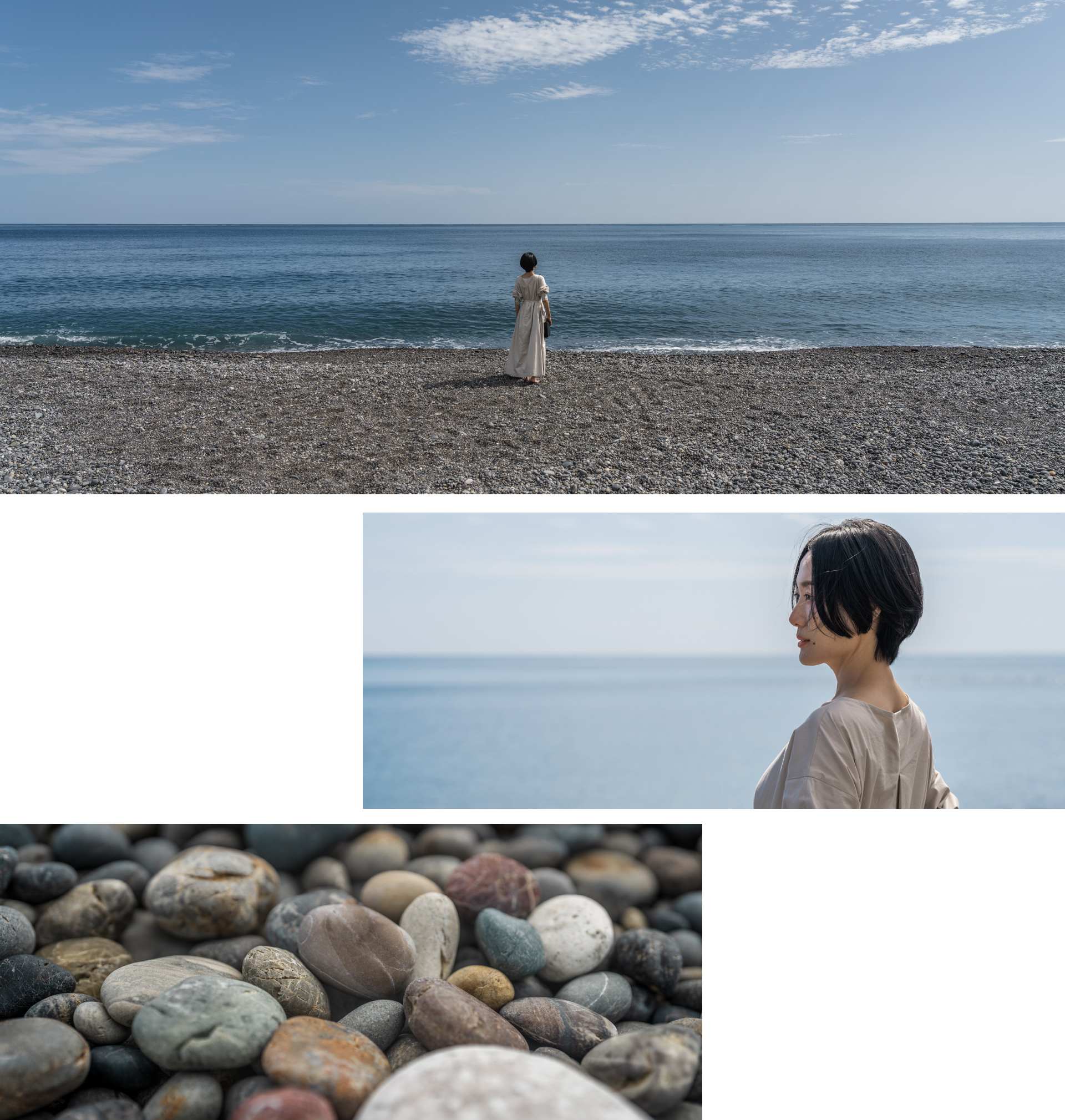
Strangely shaped rocks that make you feel the mystery of nature
Shishiiwa
At Shichirimihama Beach, there is a strange-looking rock shaped like a giant lion roaring toward the sea.
Shishiiwa, which is a World Heritage Site, a natural monument, and a place of scenic beauty, is a large rock that evokes the mystery of nature, created by the uplift of the ground and sea erosion.
Shishiiwa is also said to be the guardian dog of Ouma Shrine, which is located upstream of the Ido River, about 6.4 km away.
The scale of the shrine, which is approximately 25 meters high and approximately 210 meters in circumference, combined with the rugged rock surface, gives it a majestic and ferocious feel that makes you want to worship.
The beautiful scenery created by nature moves us.
Shishiiwa looks like it's holding the morning sun for about a month from mid-May every year, and it looks like it's holding the full moon from November to December.
Looking up at its divine appearance, I felt as if I had been touched by the nature worship of people who make pilgrimages to the Kumano Kodo.
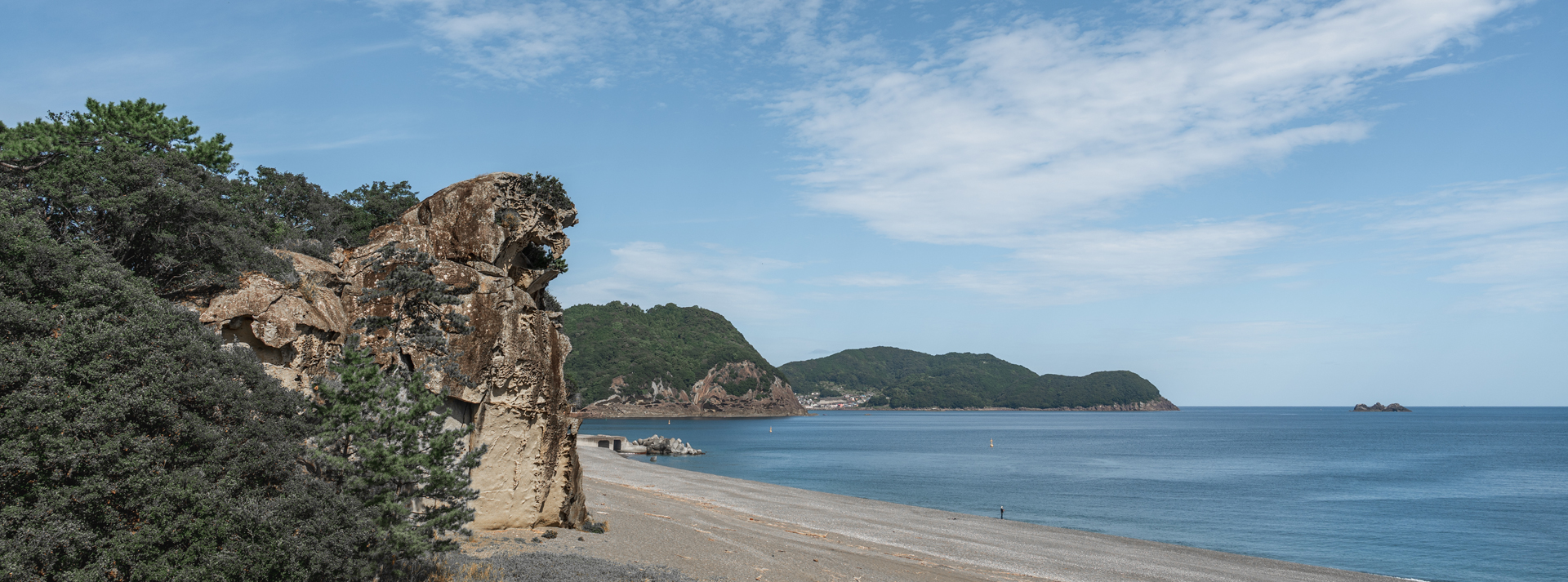
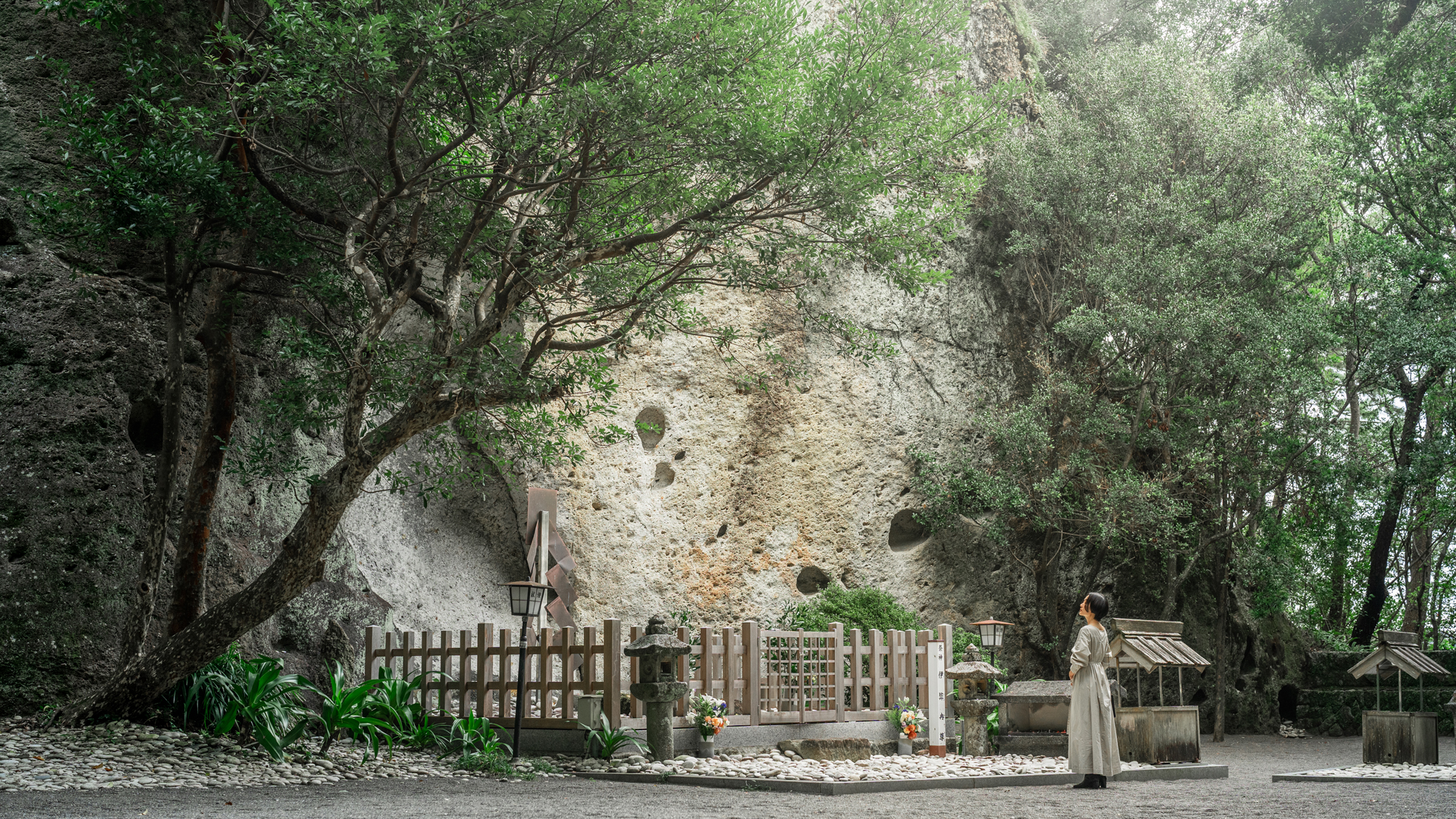
At Hana-no-Iwaya. When you stand in front of a gigantic deity, your back will naturally stretch.
Japan's oldest shrine Hana-no-Iwaya
Hana-no-Iwaya is Japan's oldest shrine, and is mentioned in the Nihon Shoki as a ``stage for domestic production.''
It is said to be the mausoleum of Izanami no Mikoto, the mother of the gods, who died from burns in her birth canal when she gave birth to the fire spirit god Kagutsuchinomikoto.
There is no shrine in Hana-no-Iwaya. The shrine is a 45-meter-tall gigantic rock that juts out from ShichiriMihamaBeach, and visitors look up at the rock and worship.
It seems that the name Hana-no-Iwaya comes from the fact that seasonal flowers were used to worship the gods.
Currently, a regular festival called ``Otsugake Shinji'' is held on February 2nd and October 2nd every year, and seasonal flowers are used in this ritual as well.
In the tug-of-war ritual, a 170-meter long rope, which is said to be the longest in Japan, is tied to a 10-meter long flag, seasonal flowers, fans, etc., and is hung from the top of the shrine, passing over the shrine grounds ShichiriMihamaBeach The rope is pulled to the edge of the water.
The rope hung over the object of worship represents the barrier of the gods, and at the same time is treated as something that connects this world with the land of the eternal world located beyond the sea. And until it falls off naturally, it will not be intentionally dropped. It is rare for the tsuna to fall until the next annual festival, and there is a high possibility that you will see the tsuna tied up no matter what season you visit, so be sure to keep an eye on the tsuna when you visit Hana-no-Iwaya I want you to see it.
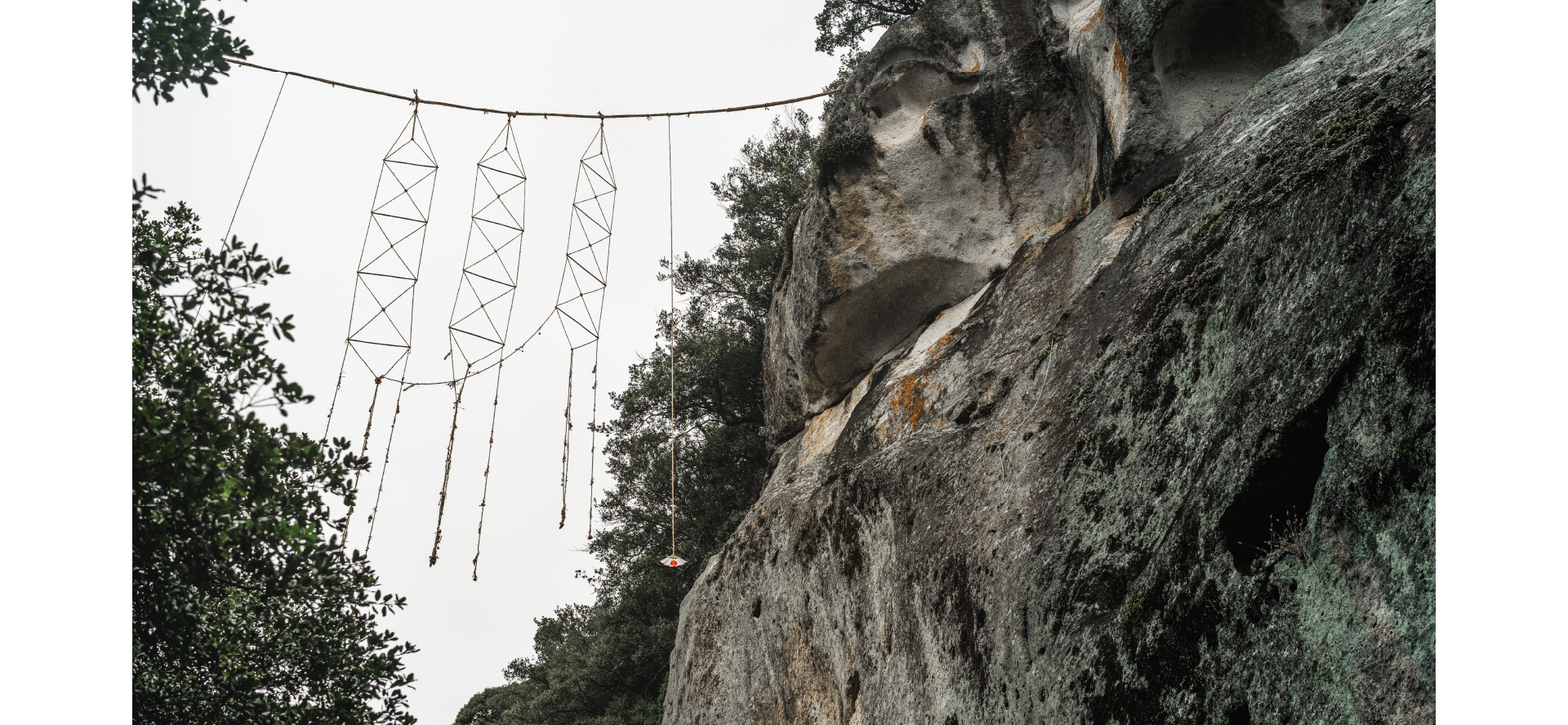
A rope hung over the object of worship during the Otsugake Shinto ritual. It seems that the main character represents the gods of wind, sea, fire, and water.
4. River Pilgrimage Route Kumano River
go by santan sail
In addition to land routes, Kumano Kodo includes sea routes and river routes.
The Kumano River is registered as a World Heritage Site as a ``River Pilgrimage Route,'' and it is said that the Cloistered Emperor Goshirakawa and the Retired Emperor Gotoba once made their pilgrimages through the Kumano River.
The ``Santanho'' boat, which carries three canvases and catches the wind, is a boat whose structure is suitable for the Kumano River, which is characterized by rapids, and has been used by many people since ancient times.
In the past, the Kumano River was popular for water transportation, not only for pilgrims to Kumano, but also for transporting daily necessities such as wood, charcoal, coal, and rice. Over time, when water transportation ceased to exist, the culture of santanho declined, but it is said that santanho was revived by local shipwrights and other volunteers.
The three canvases hung on a mast about 6m high allow the wind to escape between the sails when the wind is too strong, and when the wind from the sea hits, it can propel the boat rapidly upstream. In addition, the bow of the boat is curved so that it can handle strong currents, and the flat bottom allows it to sail into shallow waters of several centimeters. When you're on board, you'll want to enjoy the rational beauty of the structure.
The Santan sail moves leisurely between the looming mountains and warping cliffs. The majestic voyage of the Santanho seemed to stir up a sense of adventure, making the participants want to continue on the river's journey forever.
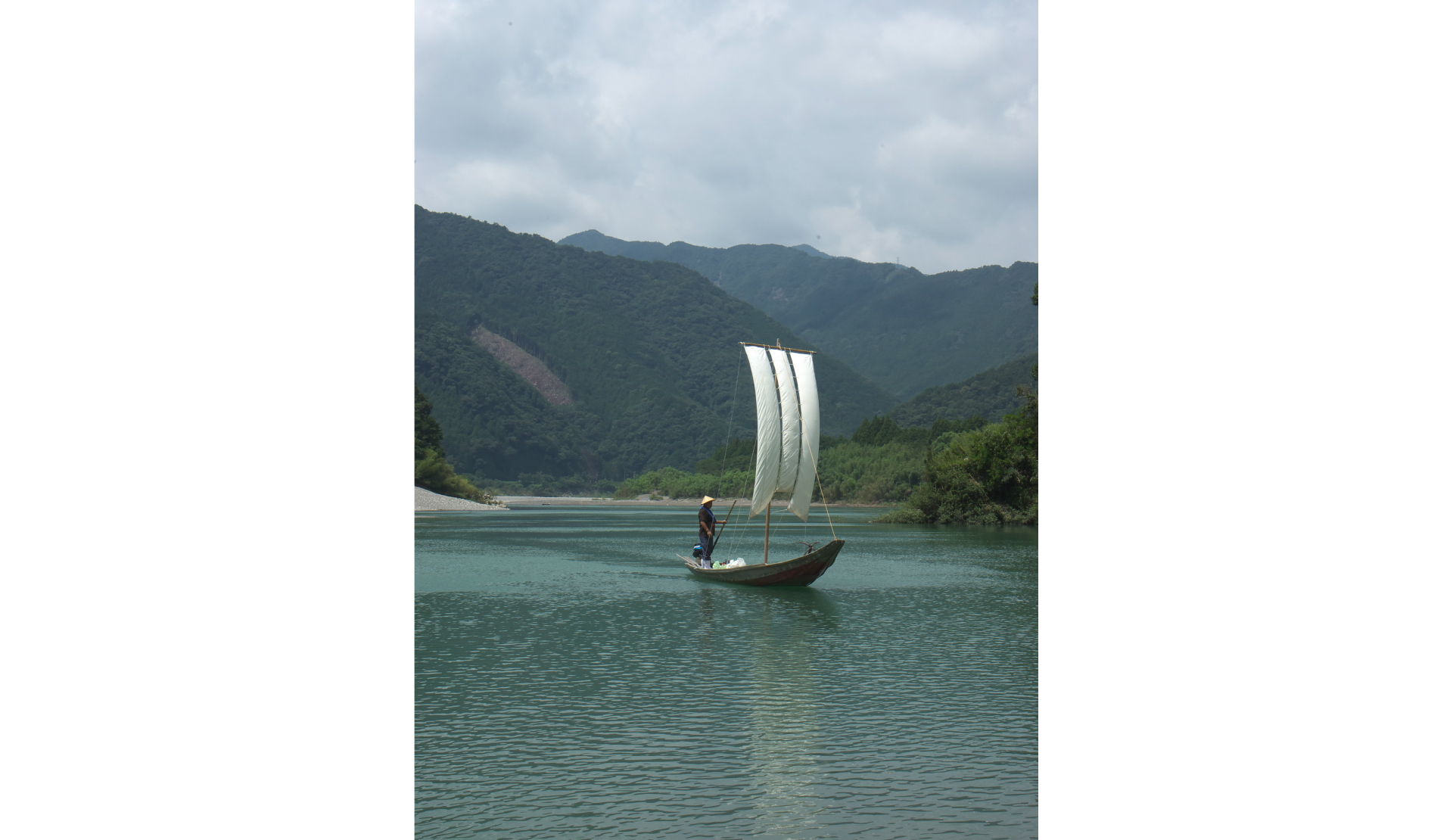
Provided by: Kumanogawa Experience School
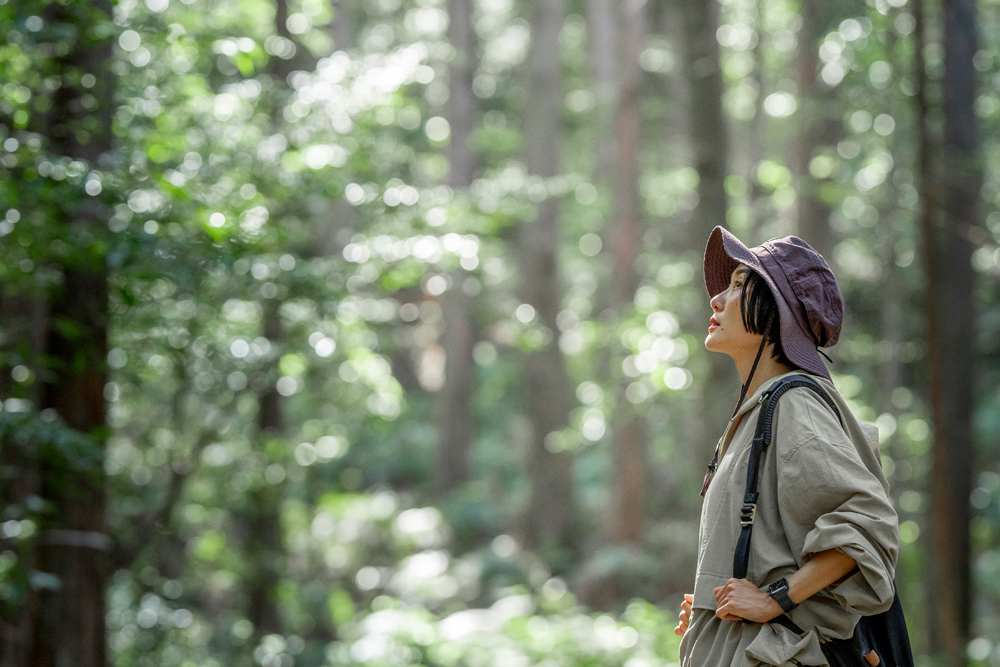
There is definitely a sense of mystery in HigashiKishu
HigashiKishu, the place where the gods dwell. The many beliefs, legends, and myths left behind on the Kumano Kodo give us a strong sense of mystery. The scenery created by nature is both beautiful and captivating, and at the same time, it arouses an immeasurable sense of awe in the viewer. During a trip around the Kumano Kodo, I would like to observe how my heart sways in front of various things.
Information such as address
[Magose-togePass]
Kitamuro District KihokuTown-OwaseCity
[TEL] 0597-89-6172 (HigashiKishu Regional Development Corporation)
[Iwayado]
OwaseCity
[TEL] 0597-23-8261 (Owase Tourism and Products Association)
[Shichirimihama]
KumanoCity-KihoTown
[TEL]0597-89-0100 (KumanoCity Tourism Association)
[Shishiiwa]
〒519-4324 KumanoCity Idocho
[TEL]0597-89-4111 (KumanoCity Tourism and Sports Exchange Division)
[Hana-no-Iwaya]
Arima-cho, KumanoCity
[TEL]0597-89-0100 (KumanoCity Tourism Association)
[Kumano River Experience School/Santanho]
203 Kitahijie KihoTown 519-5716 Japan
[TEL] 0735-21-0314



